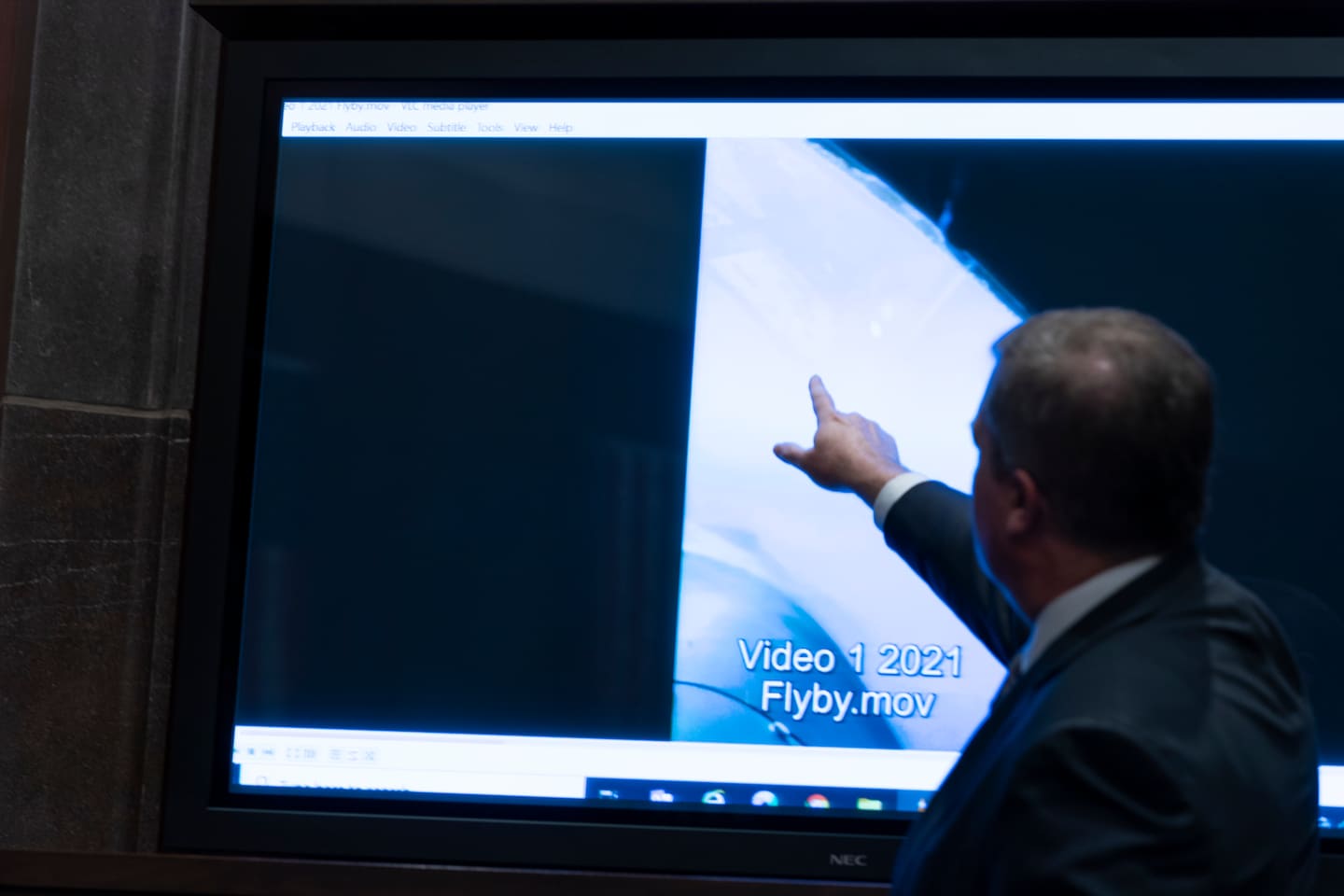Opinion | NASA is right to examine UFOs

NASA isn’t saying aliens exist. But it is saying, for the first time in almost half a century, that UFOs are worth paying attention to.
The space agency announced last month that a team led by a respected astrophysicist will examine what the government now prefers to call UAPs, or unidentified aerial phenomena — and along the way, what was once dismissed as conspiracy theorizing has earned the more impressive description of “high-risk, high-impact” research. This move will not come as a surprise to those who have followed the Defense Department’s own evolution on the subject: Senior Pentagon officials in May testified in a historic congressional hearing about their own efforts to track sightings of mysterious flying objects. And the director of national intelligence issued a report last year documenting more than 140 of these perplexing events.
The outcome of these probes so far has been deflating: The unidentified phenomena remain mostly unidentified. That’s precisely why NASA’s entrance to the fray, with a modest $100,000 study slated to start this fall and last around nine months, is so welcome. The Defense Department and intelligence community have a clear interest in examining, for instance, whether what look like aircraft are advanced technology from a foreign power, perhaps designed for military use or to collect data from the skies — though there’s no evidence yet to support that hypothesis. The most cartoonish version of alien planets bent on universal domination, of course, would also pose a national security threat. But NASA’s interests are even broader, and so are its capabilities.
NASA can try to answer national security questions, too, bringing scientific rigor to the project of analyzing available data as well as collecting new data. Part of the problem now is that those 140-some fuzzy images and videos offer scant fodder for confident conclusions, but NASA has access to a trove of observations gathered both by looking up from Earth and by looking down at it. The agency has also stressed its desire to ensure the safety of flying. But, kooky as some have made it sound, the search for extraterrestrial life is in itself valuable — whether it takes the shape of NASA’s existing efforts scouring the ocean worlds of Titan and Europa or, further out of the box, hunting for signs of a technological civilization known as “technosignatures.”
The pursuit will obviously prove worthwhile if NASA or anyone else discovers that aliens do indeed exist. But it will also be worthwhile if — and this is much more likely — researchers land on another explanation for UAPs, and even if they land on no explanation at all. As NASA associate administrator Thomas Zurbuchen said in his speech announcing the initiative: “We have the tools and team who can help us improve our understanding of the unknown. That’s the very definition of what science is.”
The Post’s View | About the Editorial Board
Editorials represent the views of The Washington Post as an institution, as determined through debate among members of the Editorial Board, based in the Opinions section and separate from the newsroom.
Members of the Editorial Board and areas of focus: Deputy Editorial Page Editor Karen Tumulty; Deputy Editorial Page Editor Ruth Marcus; Associate Editorial Page Editor Jo-Ann Armao (education, D.C. affairs); Jonathan Capehart (national politics); Lee Hockstader (immigration; issues affecting Virginia and Maryland); David E. Hoffman (global public health); Charles Lane (foreign affairs, national security, international economics); Heather Long (economics); Molly Roberts (technology and society); and Stephen Stromberg (elections, the White House, Congress, legal affairs, energy, the environment, health care).
This article has been archived for your research. The original version from The Washington Post can be found here.


